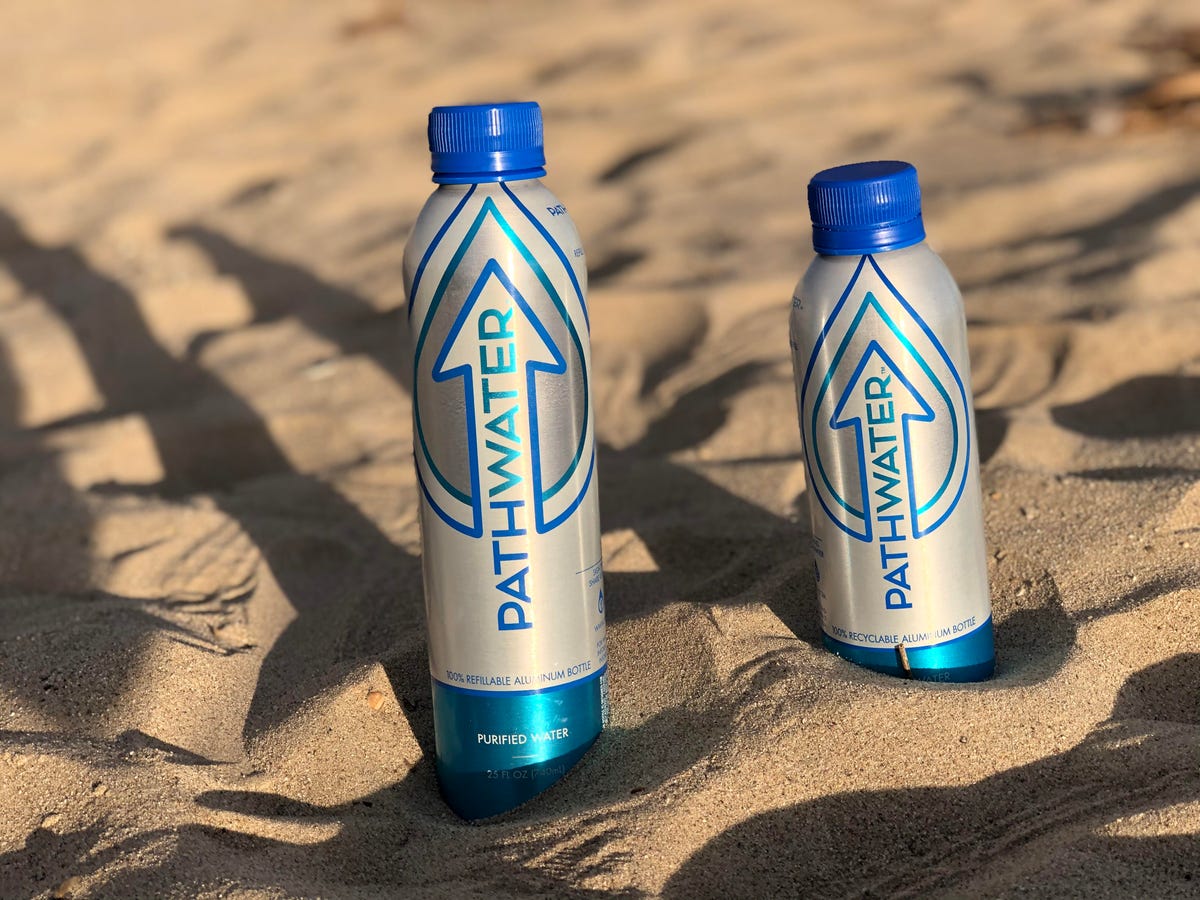We all want to do our part to help the planet, but recycling your plastics takes more thought than just tossing everything in the recyclables bin. Not all plastics can actually be recycled. Further, if you don’t rinse out containers and remove labels from recyclable plastics, you could render other clean recyclables useless. It’s important to learn which plastics are acceptable and how to properly prepare them. With some effort, we can make sure more of our plastics actually get recycled rather than sent to the landfill.
Plastic that isn’t recycled is either put in landfills or incinerated, or it finds its way into the oceans. Incinerating plastics produces carbon dioxide, which is responsible for the total energy imbalance causing the Earth’s temperature to rise, according to NOAA Climate.gov. If placed in a landfill, plastic can take anywhere from five to 600 years to decompose, depending on what type it is. The average time it takes a plastic bottle to decompose is 450 years.
Here’s what the experts have to say about recycling plastics. For more information, here’s which takeout containers are recyclable.
How to recycle plastic
Recycling plastic might be more difficult than you think. You need to rinse out any food and liquids (other than water) from the containers before you can put them in the bin. If the plastic isn’t clean, a recycling center employee told CNET, it could contaminate an entire load of plastics, causing the recycling center to send the whole batch to a landfill.
When recycling plastic bottles, check to see if they say “crush to conserve” on the label. If so, remove the lid and crush the bottle by twisting from the top and pressing it down. After it’s crushed, place the lid back on the bottle so it can also be recycled.
Know which plastics are recyclable
All plastics are not equal. Many people toss all their plastics in the recycling bin without knowing if it’s recyclable or not. If it’s not an accepted plastic at the recycling center, the employees will toss it in the trash.
So how do you know which plastics are accepted? Contact your local recycling company to see if they accept them. Many recycling companies have additional information on their website for items that can and cannot be recycled. If your local disposal company provides your recycling bin, it may list the information on the bin’s outside.
Plastic containers will typically have numbers on the bottom that denote which kind of plastic it is. For example, #1 and #2 plastics are almost always recyclable, while #6 plastics aren’t always accepted. Also, if the plastic says “compostable,” it must be composted and not recycled.

Eliminate plastic waste by using reusable bottles, straws and utensils.
Why does this matter?
According to plastic action platform rePurpose Global, less than 10% of plastic has actually been recycled. About 12% has been incinerate, while the rest is accounted for throughout landfills and tossed into the ocean.
About 91% of plastic just isn’t recycled as it is. While there are many types of plastics that can’t actually be recycled, the ones that are end up unfit for reuse because of things consumers do. Leaving residue, trash, or other materials on recyclable plastics renders it useless, hence the importance of cleaning out what you intend to be recycled.
There are many obstacles to taking the plastics that can be reused and giving them a second life as it is. Some factories simply aren’t equipped with the machinery to handle the workload, for instance. But to improve the figures when it comes to plastics that can be utilized as new material, you have to do your part.
What else can I do?
The first step to preventing plastic waste is to limit your use of non-reusable plastics, like plastic bottles. Instead, opt for glass or hard plastic bottles that you can refill and use daily. Here are other ways to help.
- Use reusable straws instead of plastic straws.
- Avoid using plastic utensils unless they can be washed and reused.
- Recycle plastic bags, see if your local grocery store or recycling center will take them.
- Use cloth shopping bags.
- Stop wasting Solo cups and choose glass or reusable plastic cups instead.
- Reuse plastic items. Tobias Haider, a research associate at PlastX, told CNET in 2022 that “plastic products would not be a problem if we reused them.”
- Remember that plastic foam isn’t recyclable and that includes egg cartons, packaging and peanuts. If you have quite a bit of plastic foam lying around your house, contact schools in your area to see if they can use it for projects.






